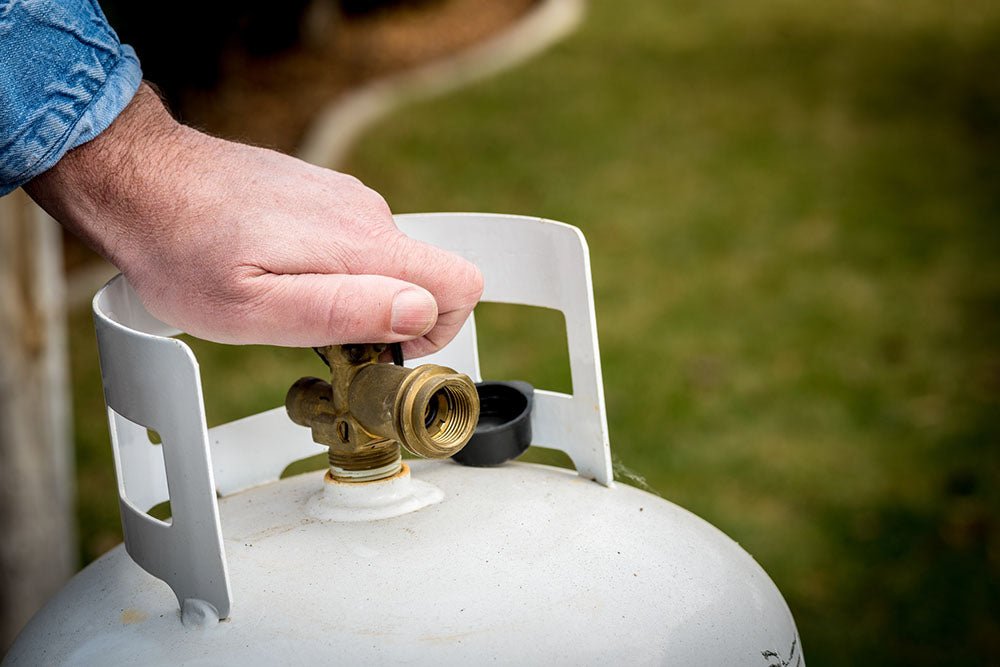
Infrared Heating vs Propane Heating
Choosing the right home heating source is essential for comfort and efficiency, especially during the cold months. With numerous options available, it's important to understand the benefits and drawbacks of each system. In this guide, we delve into the benefits of infrared heating versus propane, highlighting why infrared may be the superior choice for your home heating needs.
Deciding on a home heating source can quickly become a confusing task due to the many options available. Cost, maintenance, and heat up times are all factors to take into consideration when choosing the right system for you. We will explore some of the differences, as well as pros and cons, between infrared heating and propane heating below. Our aim is to help consumers make an educated decision regarding these two systems for their heating needs.
What is Infrared Heating?
Infrared heaters use electromagnetic radiation to heat their surroundings. While they don’t heat the air like traditional furnaces do, they do warm what’s most important—you! As long as the heater is pointed at the person needing it, they will benefit from the direct line of heat radiating toward them. You can think of infrared heaters like an open fire. As soon as you walk away from it, you will feel cold again. Most infrared heaters don’t operate using fans, so they are ideal for small, insulated spaces. Some infrared heaters are powerful enough to keep even poorly insulated spaces warm, such as a garage.
What is Propane Heating?
Propane heating uses propane as a fuel source to create heat and blow it through the home’s ductwork and vents, similar to electric heat or natural gas heat. Homes or buildings fitted for propane heating will utilize an underground or above ground propane tank to draw from. The size of the tank will depend on the size of the structure as well as frequency of use.
Pros and Cons of Infrared Heating
Infrared heating has many benefits. Take a look at the pros and cons below to decide if infrared heating is an acceptable solution for your home and needs.
Pros:
- Heats up instantly
- You feel warm immediately
- Separate units can heat different spaces
- No energy wasted on rooms not in use
- Can be less expensive than keeping the whole house warm
- Low maintenance costs—only have to periodically wipe dust off of the reflectors
Cons:
-
- Some units can include exposed heat sources that are hot to the touch
Pros and Cons of Propane Heating
Propane heating is quickly becoming popular, as it often costs less than electric or natural gas heat. However, the costs do add up, especially in frigid winter months. Propane heating can be combined with infrared heating to keep costs minimal, so homeowners can still enjoy the benefits of a warm home when needed. Take a look at some of the pros and cons of propane heating below.
Pros:
- Heats the air in the home, so warmth sticks around after unit switches off
- More efficient than traditional electric or natural gas heating
Cons:
- Higher Operational Costs - It can be more expensive to operate, especially in colder climates or during peak usage times.
- Maintenance and Refuelling - Regular maintenance and periodic will need tank refills periodically
- Need a place to store a large propane tank, whether above ground or underground
- Takes longer to heat a room
Conclusion
Infrared heating stands out as an efficient and cost-effective solution for heating targeted areas in your home. Whether you seek immediate warmth, energy savings, or enhanced safety features, infrared heating offers compelling advantages over propane. Consider these factors carefully to make the best choice for your home heating needs. For expert advice and installation services, contact our team today.
